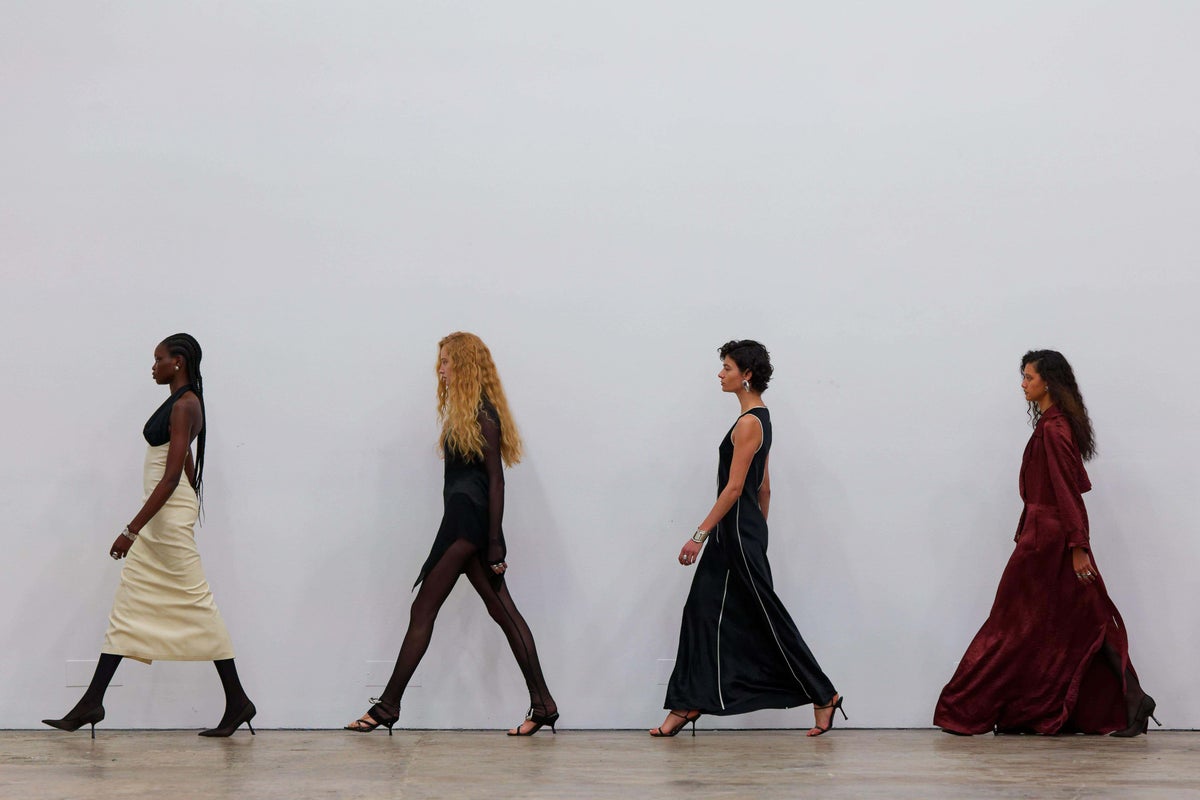Winter weddings are a social battleground where fashion choices become as divisive as contemporary political ideologies, pitting traditionalists against progressives in a cultural cold front that isn’t just about love, but about status, style, and social allegiance.
As the winter season approaches, couples across the globe are preparing for one of the most intimate celebrations of their lives: their wedding. However, winter weddings have evolved into a broader cultural phenomenon, creating a unique space where personal choices about fashion, décor, and style choices become hotly debated topics, often leading to divisions similar to those seen in social and political landscapes. The colors, fabrics, and silhouettes chosen by guests reflect not only personal preferences but deeper societal trends and norms.
The palette for winter weddings tends to lean toward rich, deeper hues that embody the essence of the season. Colors such as deep burgundy, emerald green, navy blue, and gold have become staples. These shades evoke warmth and luxury, essential attributes in colder months. However, as trends shift, vibrant colors like bright reds and icy blues are making a statement, challenging the traditional associations of winter with darker, muted tones. This divergence highlights an ongoing conversation about how color usage in fashion is tied to emotional expressions, personal branding, and societal expectations.
Fabric choice is another significant factor in winter wedding attire. While traditional materials such as velvet and brocade evoke a sense of heritage and opulence, there is a growing demand for more contemporary fabrics such as chiffon, satin, and even sequined materials that provide a modern twist to winter wedding attire. This transition is not merely a matter of aesthetics; it symbolizes a broader shift towards individualism and self-expression in an era where fashion is perceived as a direct reflection of one’s identity. Guests are less inclined to conform to traditional norms, instead opting for attire that showcases their unique personality, sparking debates about the responsibilities of dressing appropriately for ceremonial events.
The silhouettes chosen for winter weddings are equally telling. Elegant long-sleeved gowns and tailored suits are classics that not only serve a practical purpose in cold weather but also exude sophistication and formality. However, the trend toward more relaxed silhouettes, such as flowing dresses and mix-and-match styles, is gaining traction among guests who prioritize comfort without sacrificing style. This evolving dynamic poses questions about the standards of formality in wedding celebrations, igniting discussions surrounding the significance of attire in marking social status and adherence to tradition.
Moreover, the fashion choices for winter weddings often mirror larger cultural and political movements, such as body positivity and inclusivity. As designers expand their lines to include a diverse array of sizes and styles, the push for all-inclusive representation challenges outdated norms and promotes a more progressive view of beauty and elegance. This shift has led to a heated dialogue about the standards of beauty and the role of the wedding industry in perpetuating or dismantling these ideals.
Accessories also play a crucial role in winter wedding fashion, with guests gravitating towards statement pieces that reflect their personalities. From bold jewelry to carefully curated hats and scarves, these choices can evoke traditional aesthetics or modern flair, creating sartorial statements that serve as a reflection of the guest’s social consciousness and personal beliefs. The rise of sustainable fashion, with many opting for vintage or locally sourced pieces, further complicates the landscape, sparking conversations about consumerism, environmental responsibility, and ethical choices in fashion.
As guests navigate their outfit choices from the ceremony to the dance floor, the conversation around winter wedding fashion becomes a mirror reflecting larger societal changes. The idea of taking risks with attire, challenging norms, and expressing individuality is reminiscent of broader cultural discussions about freedom of expression and personal rights. Seasonal aesthetics are no longer solely about conforming to expectations—they represent a desire for authenticity and self-representation in a world increasingly driven by individuality.
The debates surrounding winter wedding fashion are expected to intensify over the coming years, as generational shifts influence both personal choices and industry standards. Just as the political climate shapes cultural discussions, so too does the fashion world reflect and engage with these ongoing conversations. The convergence of love, celebration, and personal expression in winter weddings is a narrative that continues to evolve, leaving room for both traditionalists and modernists to engage in passionate discussions about what it means to dress for love in an ever-changing societal landscape.

